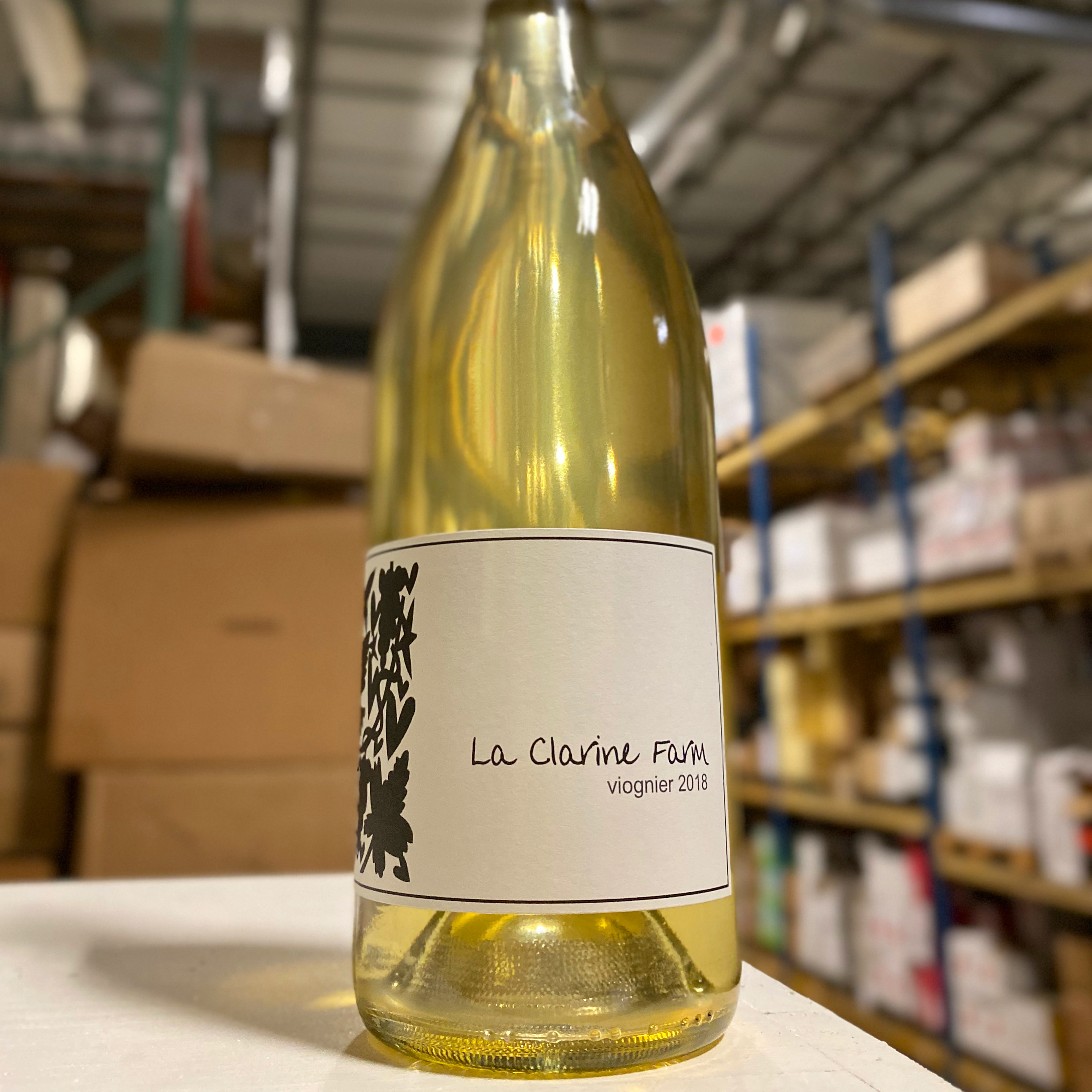| « Previous | News | Next » |
December 05, 2019
Viognier - It's What's for Winter!
 Textural, aromatic and singing of stone fruit and citrus, Viognier is a no-brainer for cold weather pairings. Like many of our favorite grapes, Viognier came quite close to obsoletion during the mid-20th century. Traditionally grown in the northern Rhône Valley, where it can be found co-fermented into Syrah-based wines, plantings of the grape dwindled during the mid-1900s. Grown on the region’s extremely steep terraces, the low-yielding, late ripening fruit proved difficult to cultivate and prone to mildew. While at its heart a delicate and dry wine, when produced on the cheap, Viognier wines can be intensely aromatic - near cosmetic - and overly sweet. By the late 1960s, just under 40 acres of Viognier plantings remained.
Textural, aromatic and singing of stone fruit and citrus, Viognier is a no-brainer for cold weather pairings. Like many of our favorite grapes, Viognier came quite close to obsoletion during the mid-20th century. Traditionally grown in the northern Rhône Valley, where it can be found co-fermented into Syrah-based wines, plantings of the grape dwindled during the mid-1900s. Grown on the region’s extremely steep terraces, the low-yielding, late ripening fruit proved difficult to cultivate and prone to mildew. While at its heart a delicate and dry wine, when produced on the cheap, Viognier wines can be intensely aromatic - near cosmetic - and overly sweet. By the late 1960s, just under 40 acres of Viognier plantings remained.
Over the past few decades, however, Viognier has been on a major comeback kick. During the late 20th century, the white Rhône variety made its way out of France and over to the sunny regions of Australia, Italy and California. Somms, winemakers and consumers alike caught on. Over in the Sunshine State, plantings increased from 100 to over 2,000 acres today.
This newfound love for the fruit comes as no surprise - when made well, Viognier wines are complex, vibrant and light on their feet. While a bit more difficult to pronounce (it’s vee-own-yay), Viognier is a solid sell to convince that die hard Chardonnay and Sauv Blanc BTG drinker to live it up a little bit. Ranging in taste and profile, Viognier is a fantastic pairing for creamy cheese plates, seafood and spicier curries (it can take some heat!). If aged in new oak, the wines are creamier and less acidic, with notes of baking spice and vanilla (think Moroccan chicken). When aged in neutral oak or stainless steel, the wines are instead floral and fruit driven, with flavors of peaches, apricots and tropical fruit and a bit more acidity (butternut squash gnocchi with sage brown anyone?).
We’ve got enough Viognier to last the winter (and that annual surprise snow in May). Check out some of our favorites below!
Montrose 2018 Viognier, Cotes de Thongue
The Domaine Montrose Viognier is purposely atypical; it is livelier and less exuberant than those produced in the region. We like it for its freshness and most importantly for its balance. The nose shows exotic fruits, mango, and cut hay. Enjoy chilled on its own or with fish, shellfish, Asian food, Indian food, and cheeses.
La Clarine Farm 2018 Viognier, Sierra Foothills
Every once in a while, the stars align, the vintage is (nearly) perfect, and the Viognier is flat-out spectacular on its own. Hank saw this immediately as the wine started to ferment. The 2018 vintage has amazing aromatics and the perfect balance of exuberance and subtlety. This is an awesome, delicious white for Fall drinking!
Yves Cuilleron 2018 ‘Les Vignes d’a Cote’ Viognier, Collines Rhodaniennes IGP
The Cuilleron family domaine, located in the hamlet of Verlieu (part of the town of Chavanay) was founded in 1920. Yves assumed full ownership and direction of the domaine in 1987 and, since that time, has built an entirely new facility while at the same time acquiring additional vineyard property. This Viognier features intense floral, fruity and vegetal notes on the nose. Dry, smooth and broad on the palate.
Rostaing 2017 ‘Les Lezardes’ Viognier, Vin de Pays des Collines Rhodaniennes
Jeb Dunnuck, 89 pts (12/20/2018)
“Starting with the 2017 Les Lézardes Blanc, it has terrific Viognier character in its floral, peach, and apricot aromas and flavors. This medium-bodied, light, elegant white just begs to be drunk, and it should keep for a year or three.”

